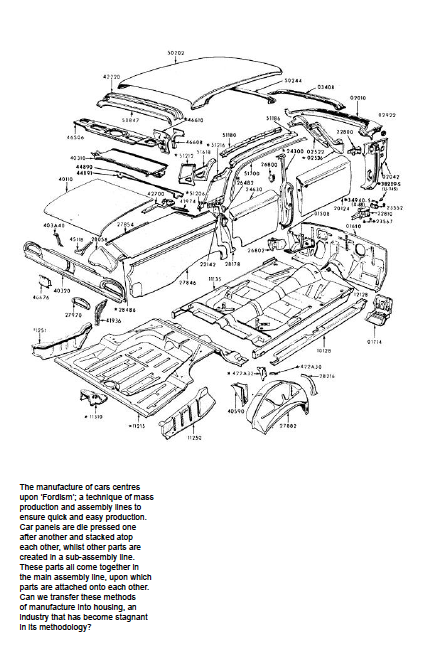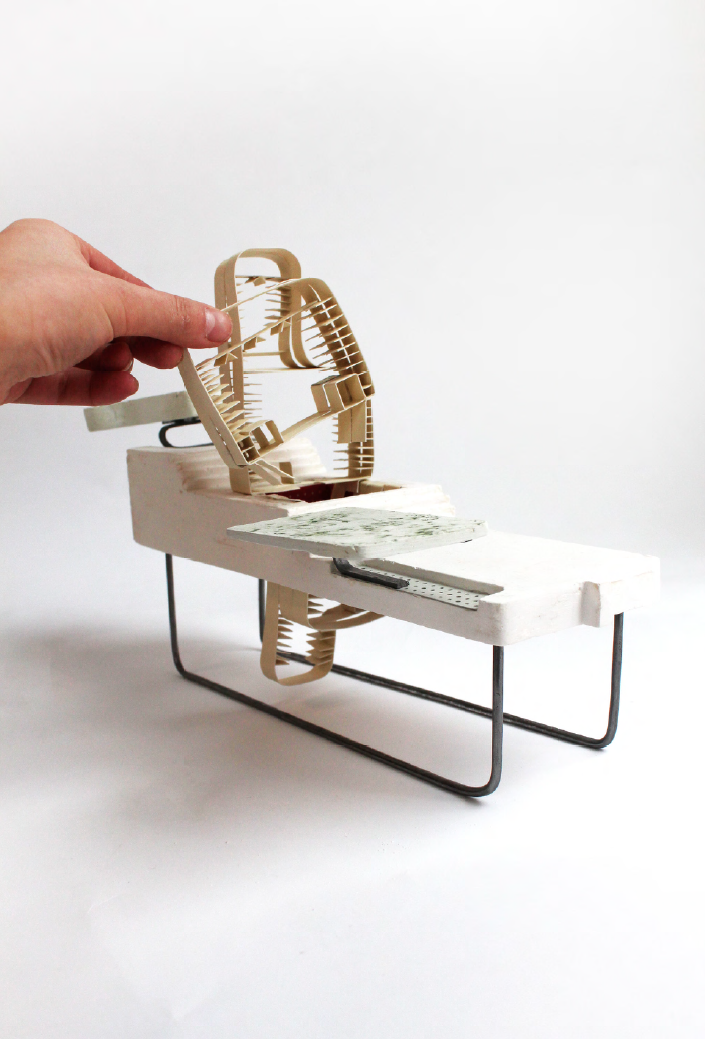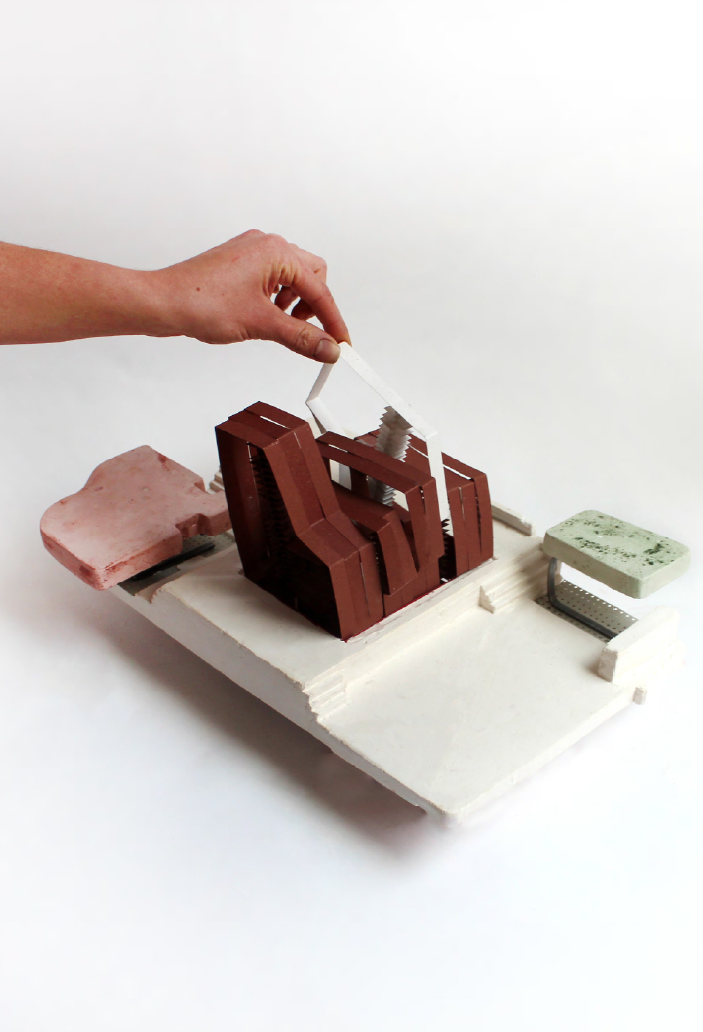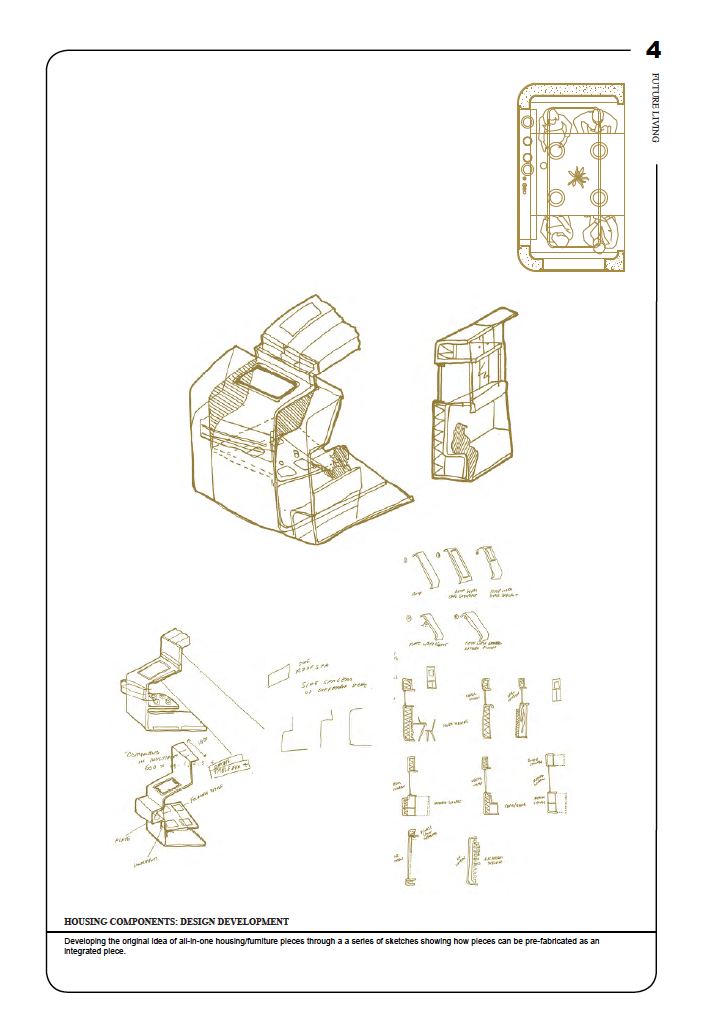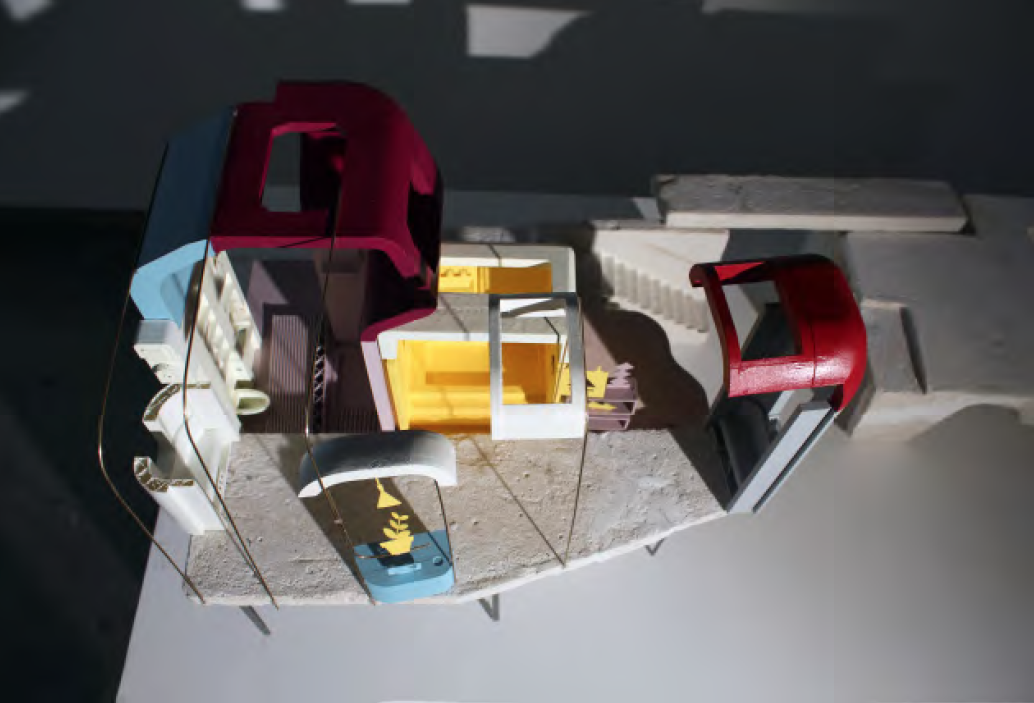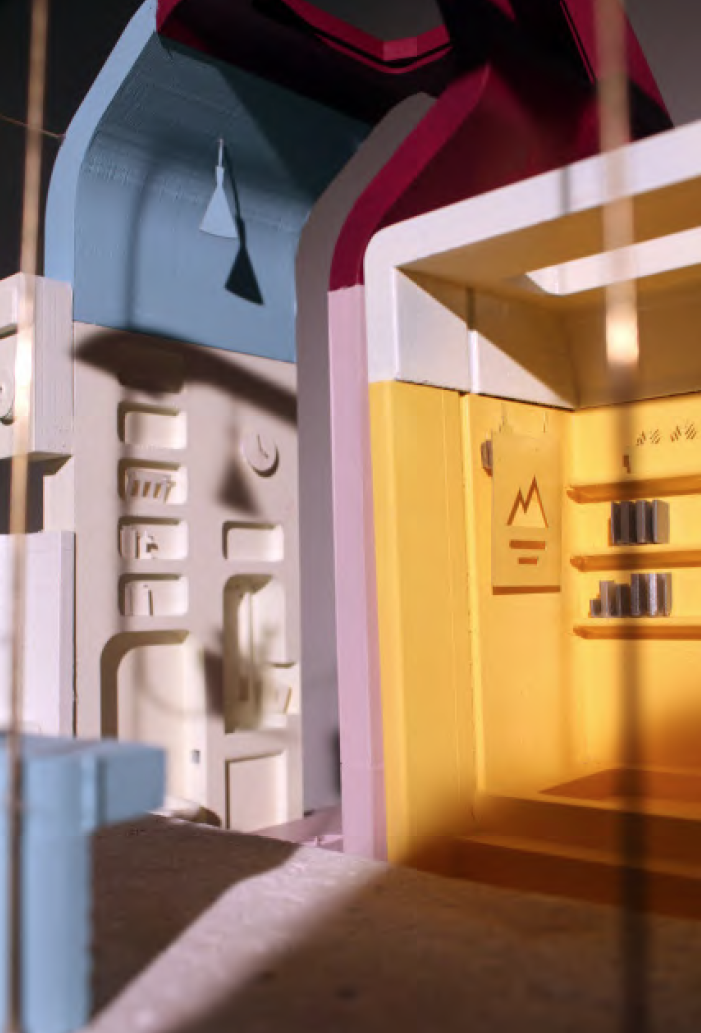Tag: house
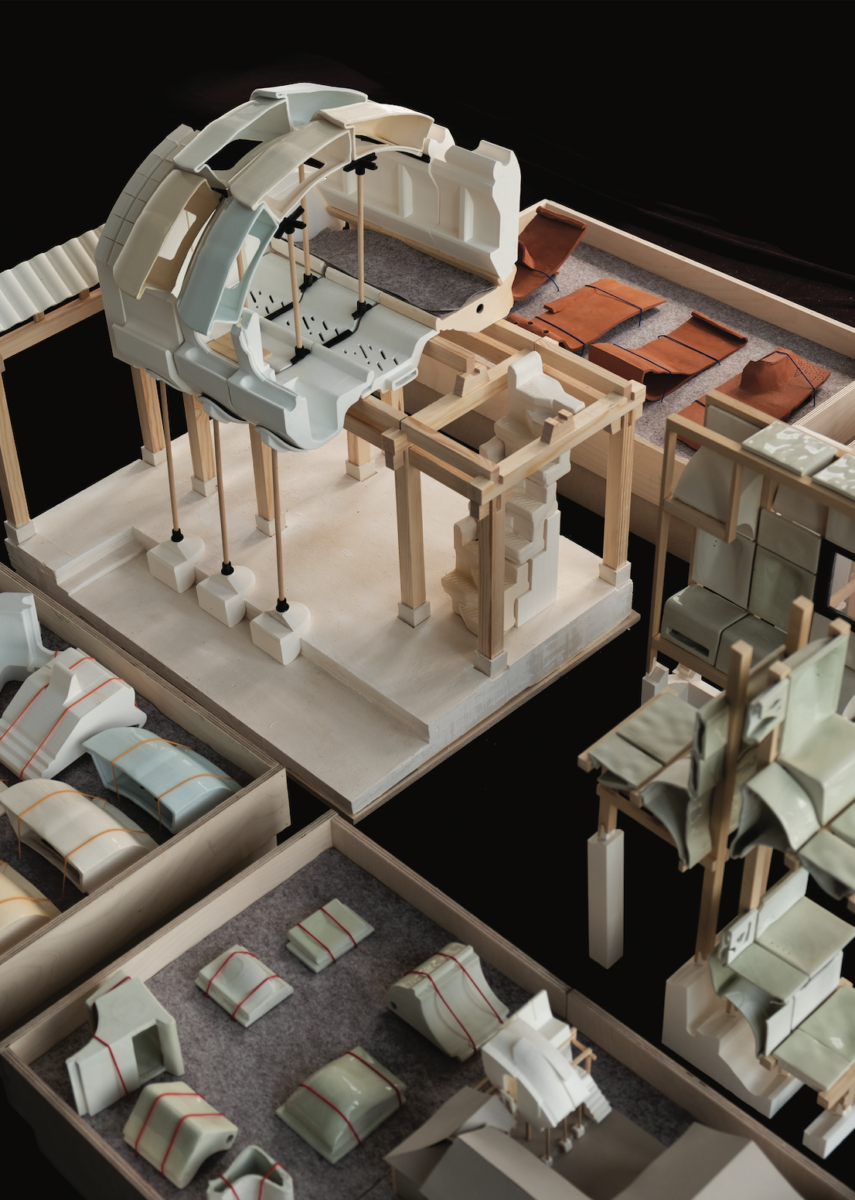
Ceramic House Seoul
Korean ceramic craft was once prevalent in Seoul but is now found on the outskirts of the city. Buildings and crockery in Seoul are now predominantly steel, not clay. Taking inspiration from the urban courtyard typology of the Hanok; its ondol (heated) and maru (ventilated) floor, the project reintroduces environmental diversity into homes in Seoul.
The diverse Hanok floor encouraged a sedentary living condition, harnessing the thermal properties of the floor and using it as furniture. As the typology has been adapted over time some of this diverse environment has been lost. In response to the dual role of floor as furniture, slip cast ceramic extensions, built to lodge into the original timber frames of the Hanok will act as built-in furniture. In themselves they can also be used as individual furniture pieces elsewhere. The pieces are designed to contribute to the environmental diversity of the ceramic house and this influences the inhabitation within.
Each piece is formed in plaster moulds and fired in climbing kilns in Seoul as a recognition and experience of Korea’s ceramic tradition within the city. The build is slow and celebrates the application of craft within a community. Extensions can be built up over time in a suitable configuration for the existing home, with each piece ceramic furnishing.
The project examines ceramic craft at a furniture scale and how this might question existing inhabitation. The ceramic house proposes a crafted installation of environmental diversity to reintroduce a tradition which has been lost in the centre of Seoul.

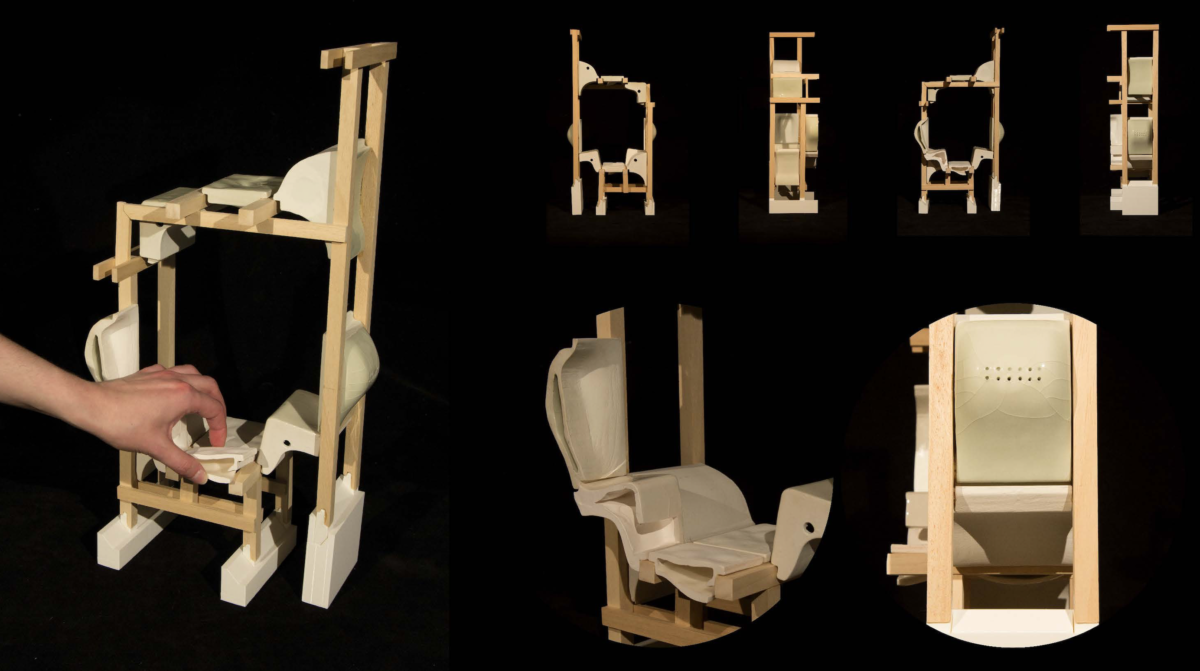
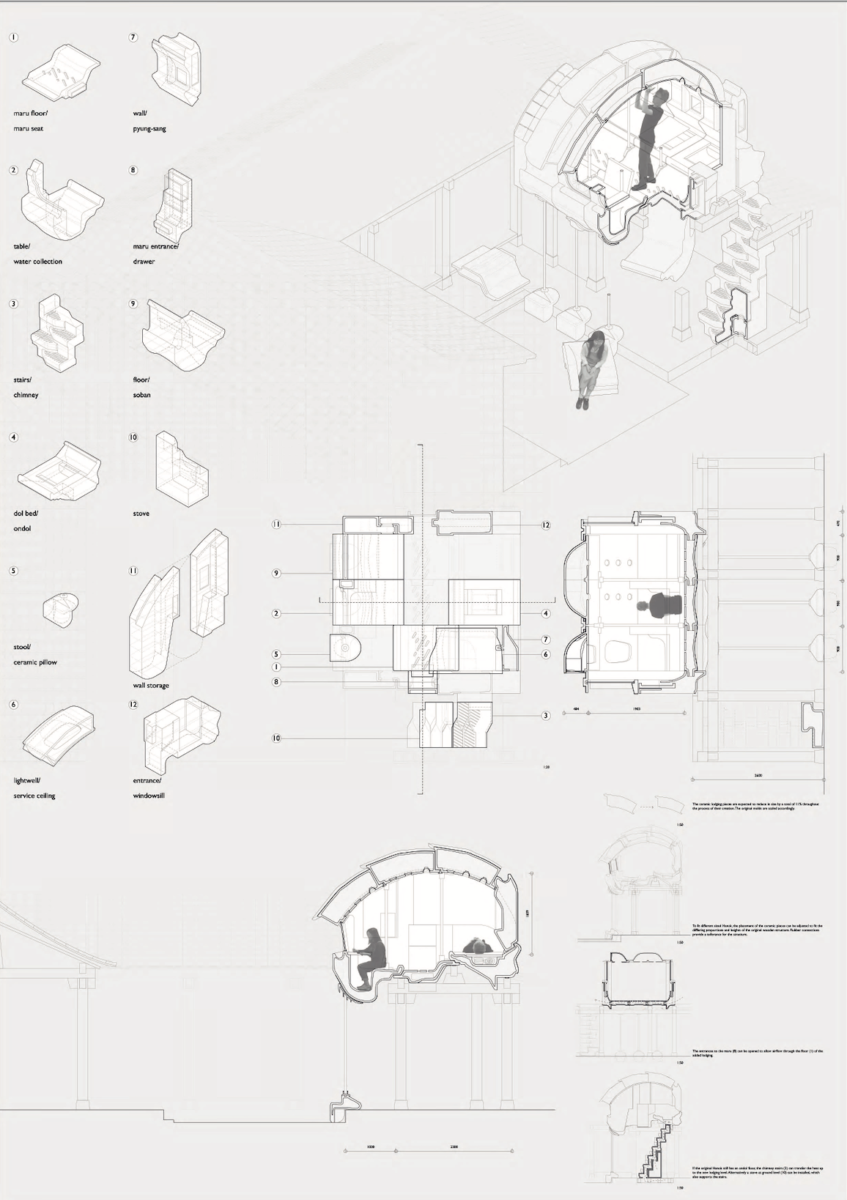
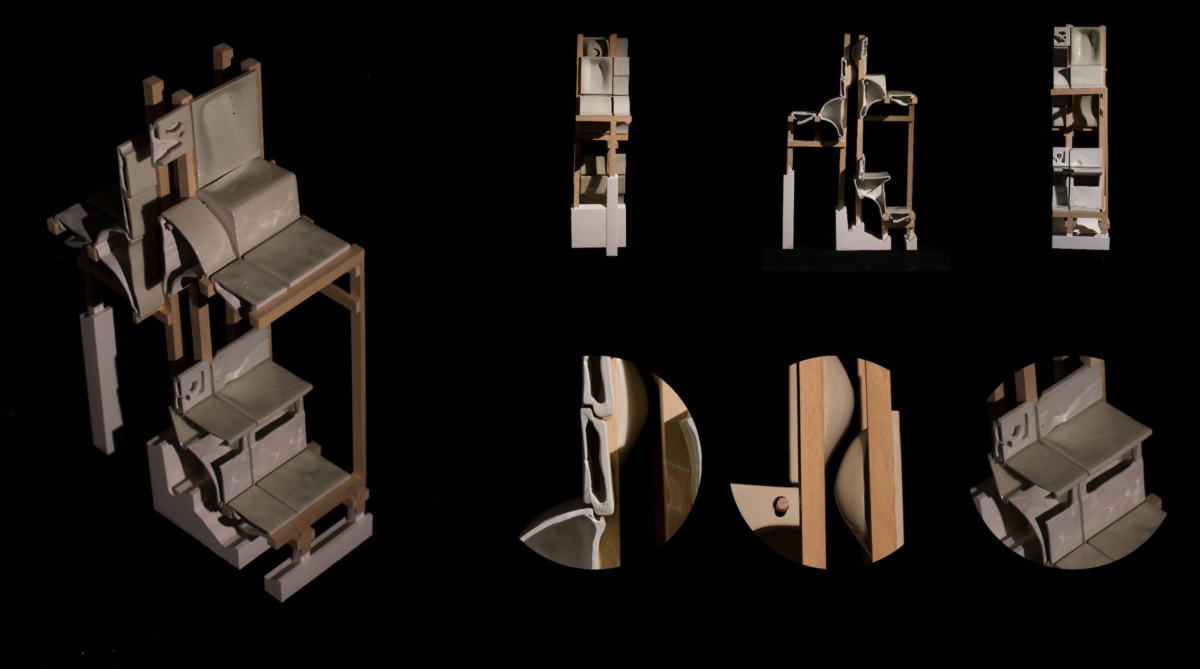
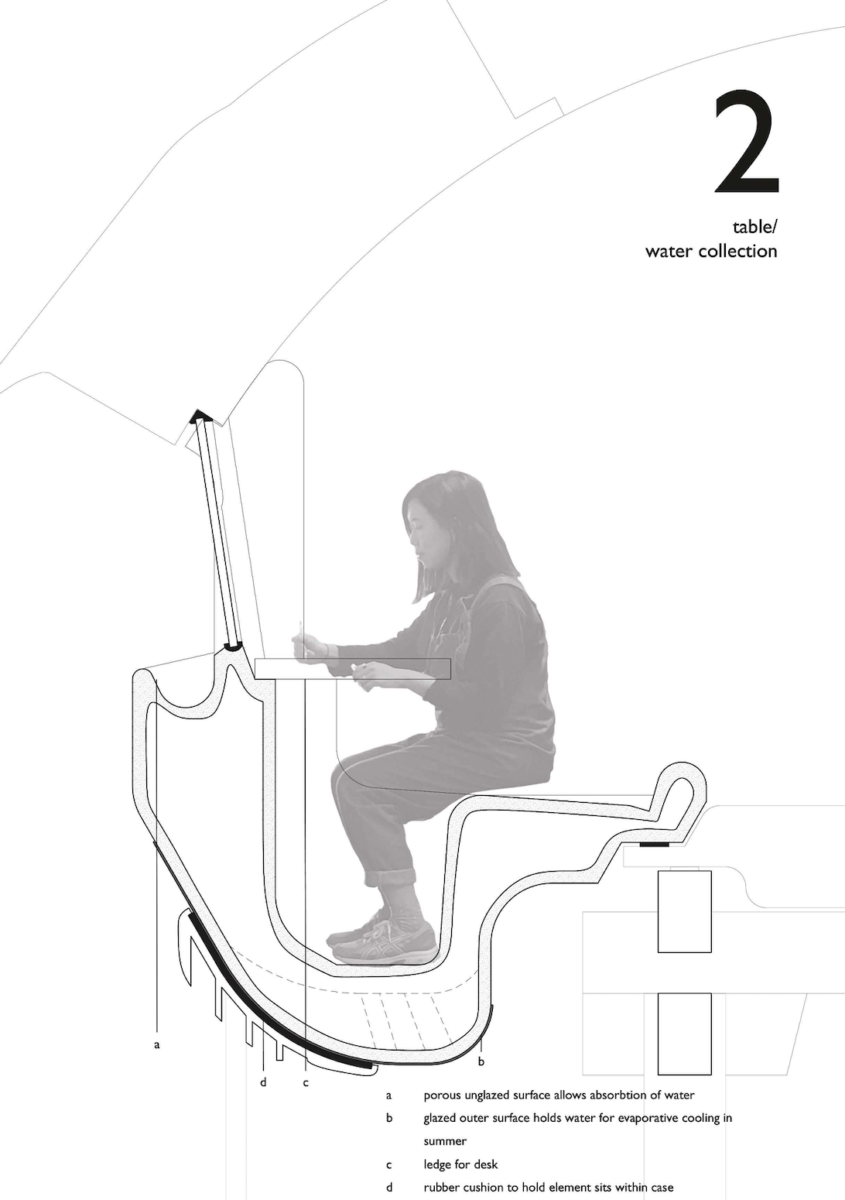
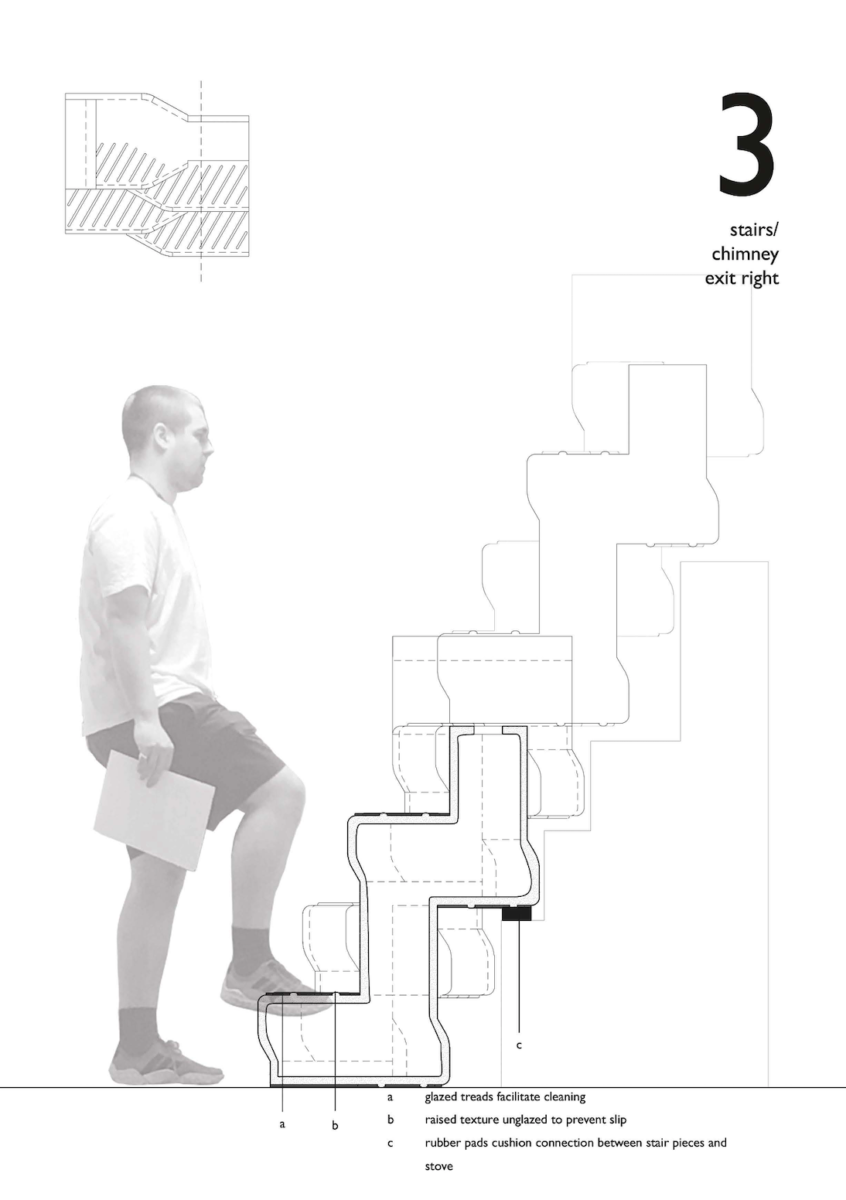
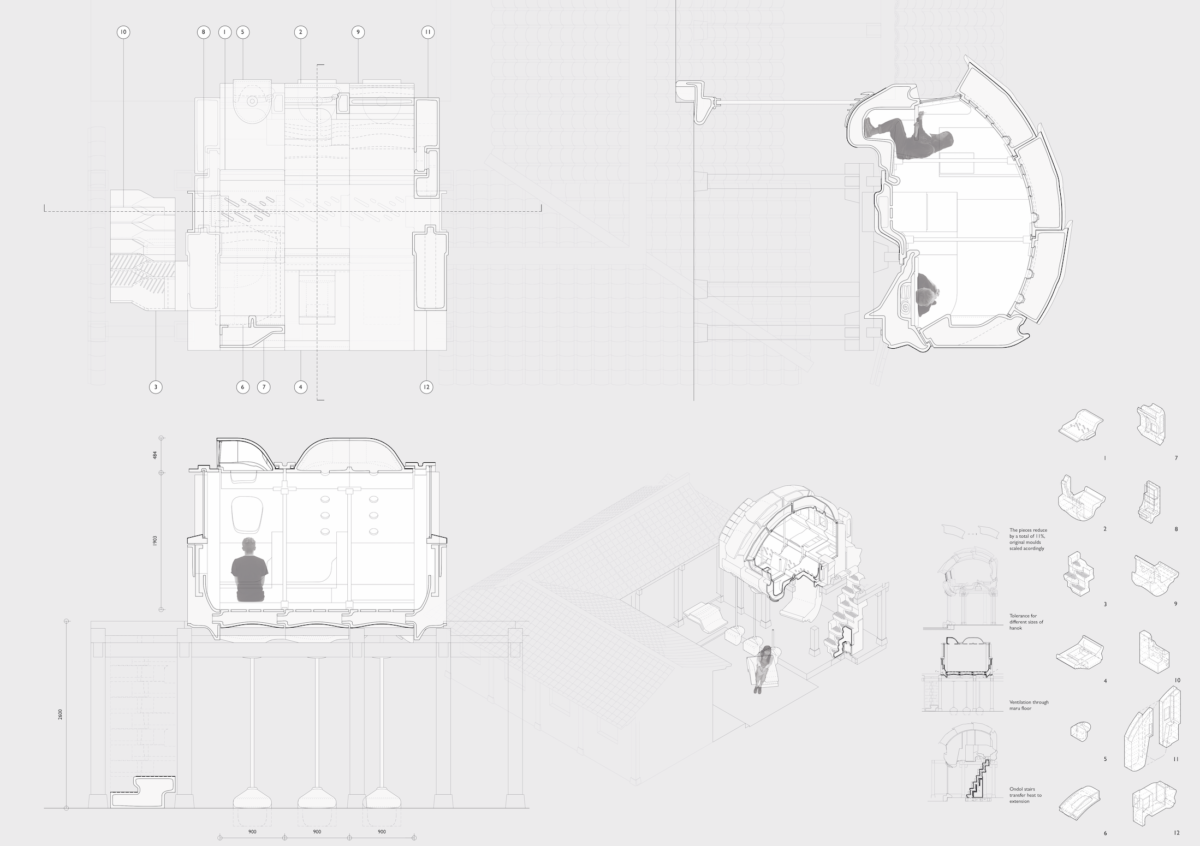
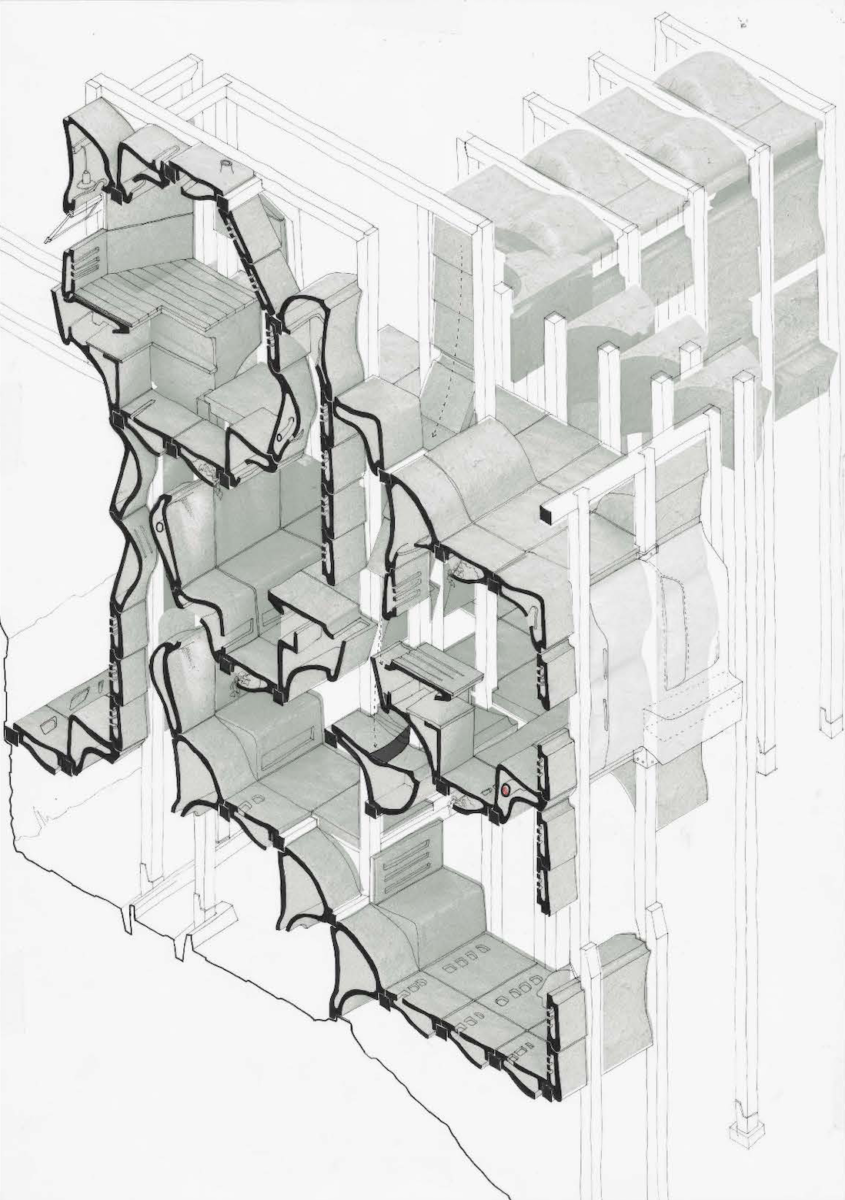
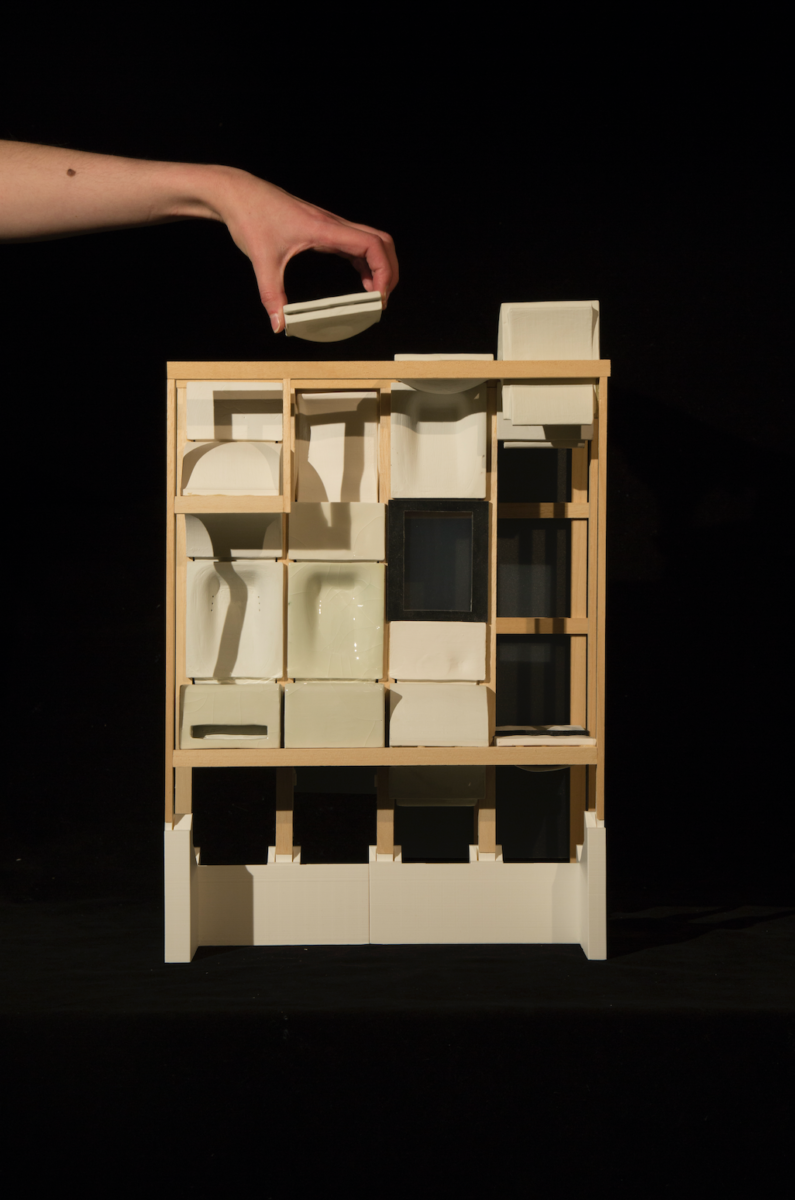

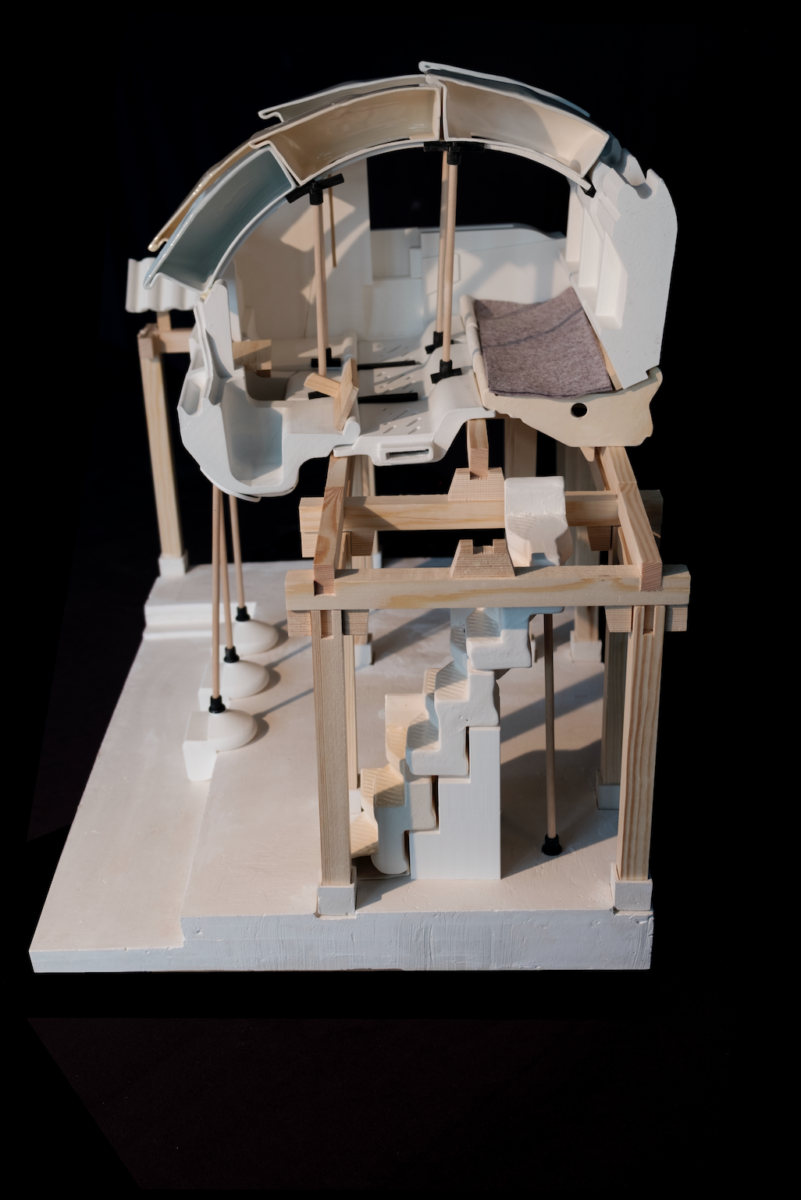
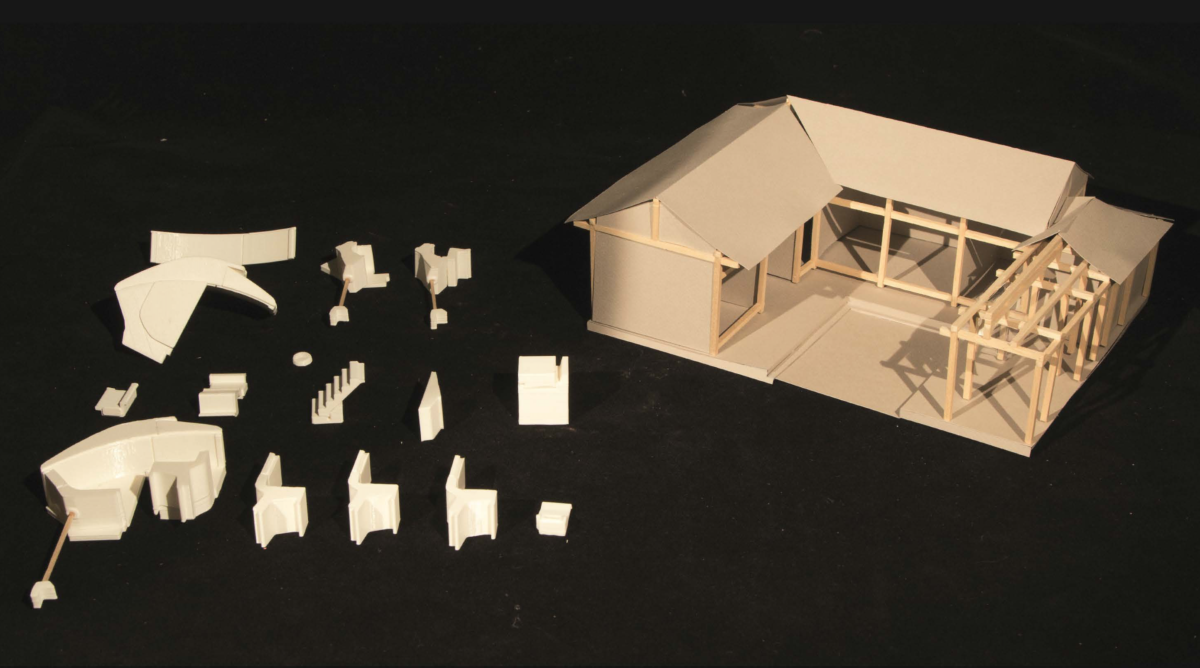
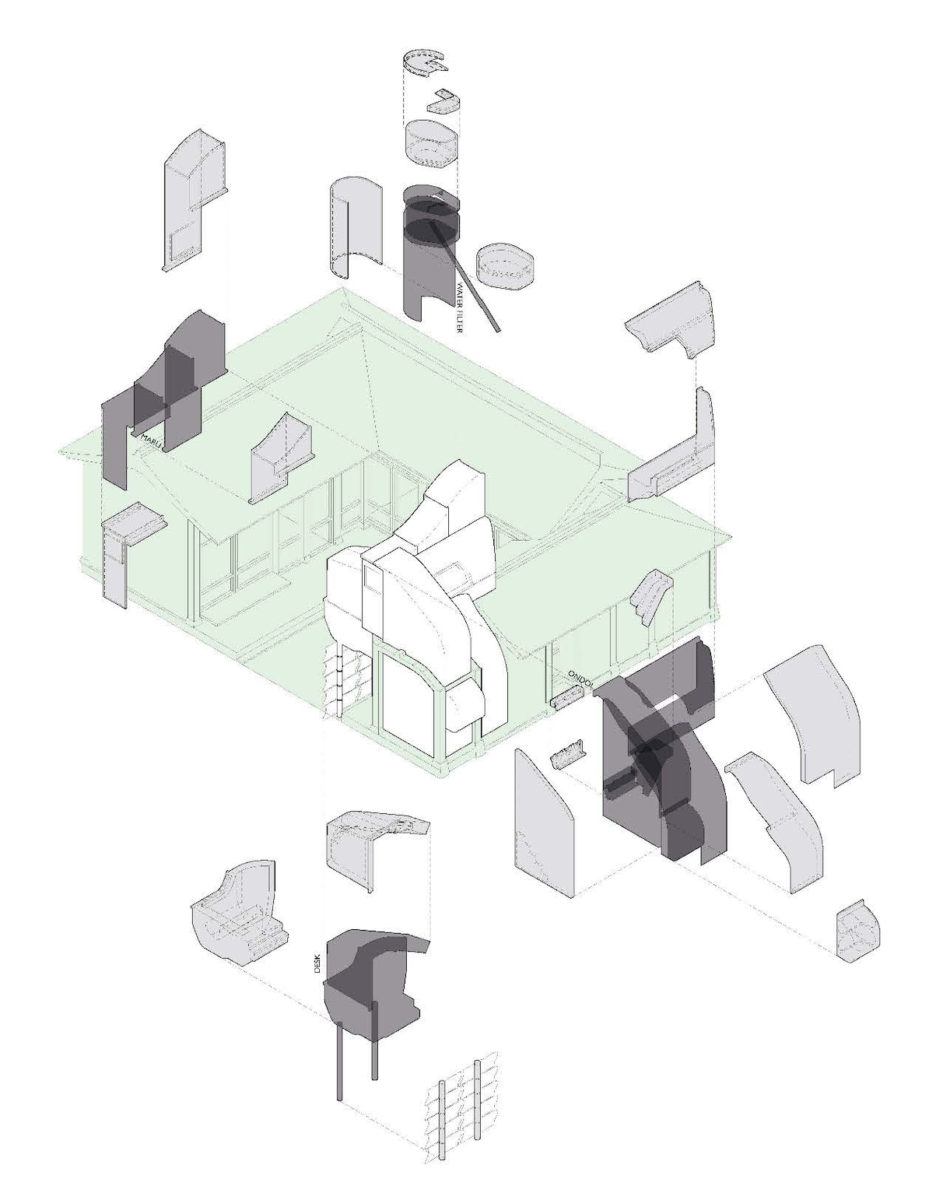
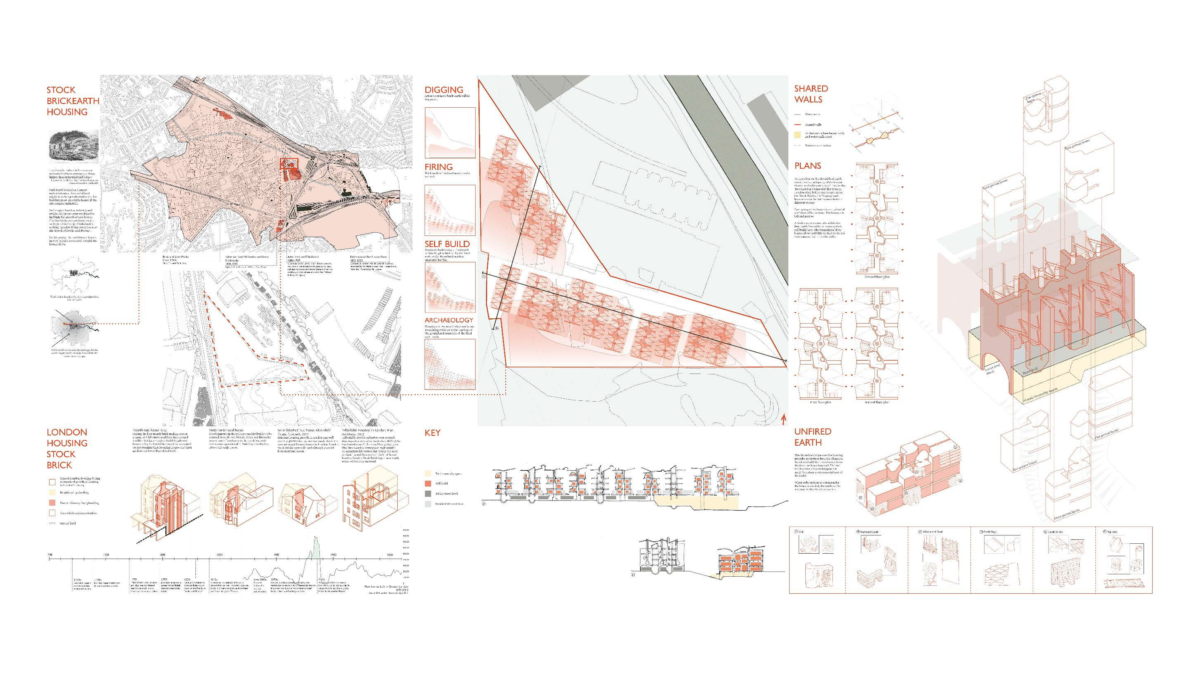
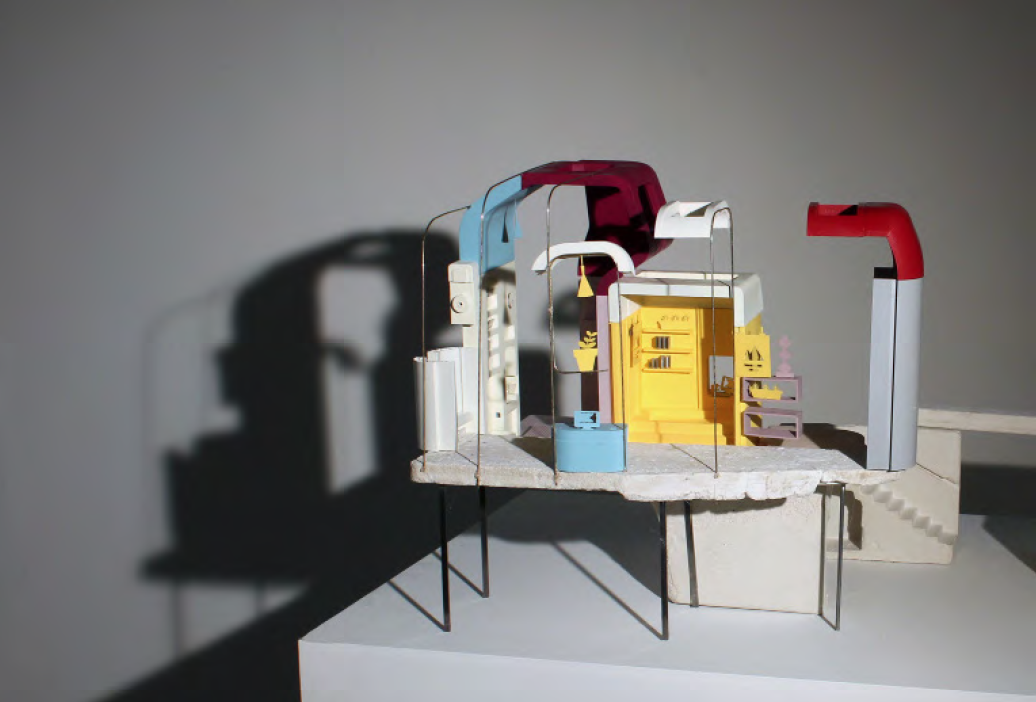
Ford Smart Home in Dagenham, Essex
